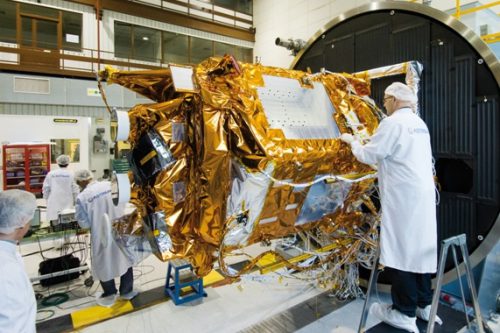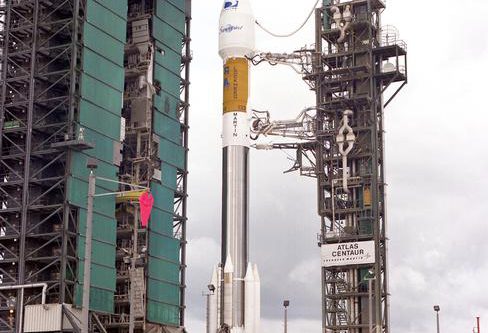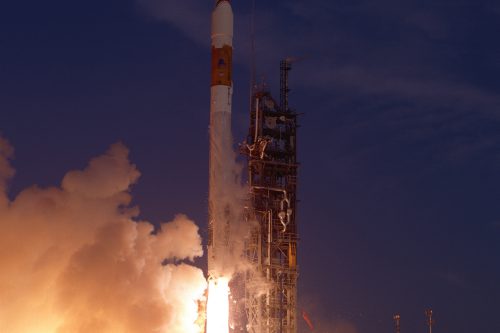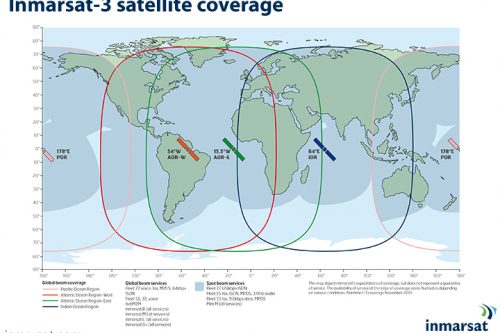
Back to selection
GEO Satellite
Inmarsat-3 F3 (I-3 F3) GEO
succesfull
Launch date
18 December 1996
Country

Purpose
Communication
Position
173° East
Manufacturer
Operator
Launch operator
Launch vehicle
Atlas IIA
Expected lifetime
15 Years
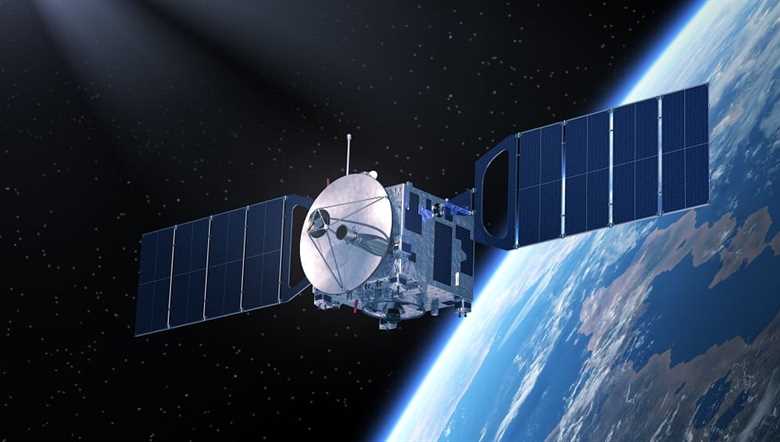
Region
Oceania Region
Launched in 1996 thru 1998, the Inmarsat-3 series satellites were built by Lockheed Martin Astro Space (Lockheed Martin Space Systems) of the USA, responsible for the basic spacecraft, and the European Matra Marconi Space (EADS Astrium – Airbus Defense & Space), which developed the communications payload.
The Inmarsat-3 communications payload can generate a global beam and a maximum of 7 spotbeams. The spotbeams are directed as required to make extra communications capacity available in areas where demand from users is high.
Inmarsat-3 F1 was launched in 1996 to cover the Indian Ocean Region. Over the next two years F2 entered service over Atlantic Ocean Region-East, followed by F3 (Pacific Ocean Region), F4 (Atlantic Ocean Region-West) and F5 (limited services on a single spot beam, back-up and leased capacity).
Inmarsat-3 F2 was launched without apogee kick motor, as the Proton-K Blok-DM1 launch vehicle, operated by launch operator ILS, was capable of direct GSO injection.
Inmarsat-3 F4 was retired in 2016 and was moved into a graveyard orbit above the geostationary belt.
Inmarsat-3 F3 was successfully launched on December 18th, 1996 on an Atlas IIA rocket booster operated by Lockheed Martin from the Space Launch Complex 41 (SLC-41) at Cape Canaveral in Florida, USA.
GEO Satellite
Inmarsat-3 F3 (I-3 F3)
succesfull
GEO Satellite
Inmarsat-3 F3 (I-3 F3)
succesfull
